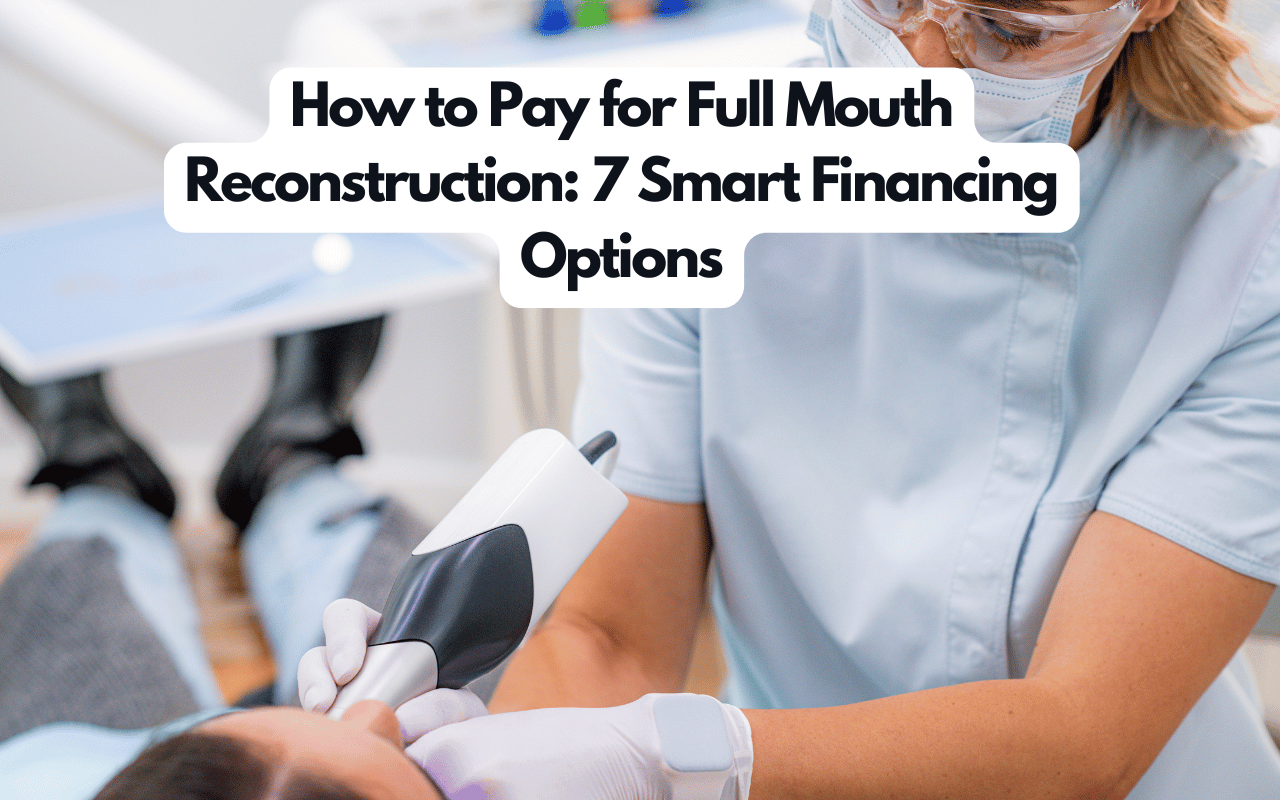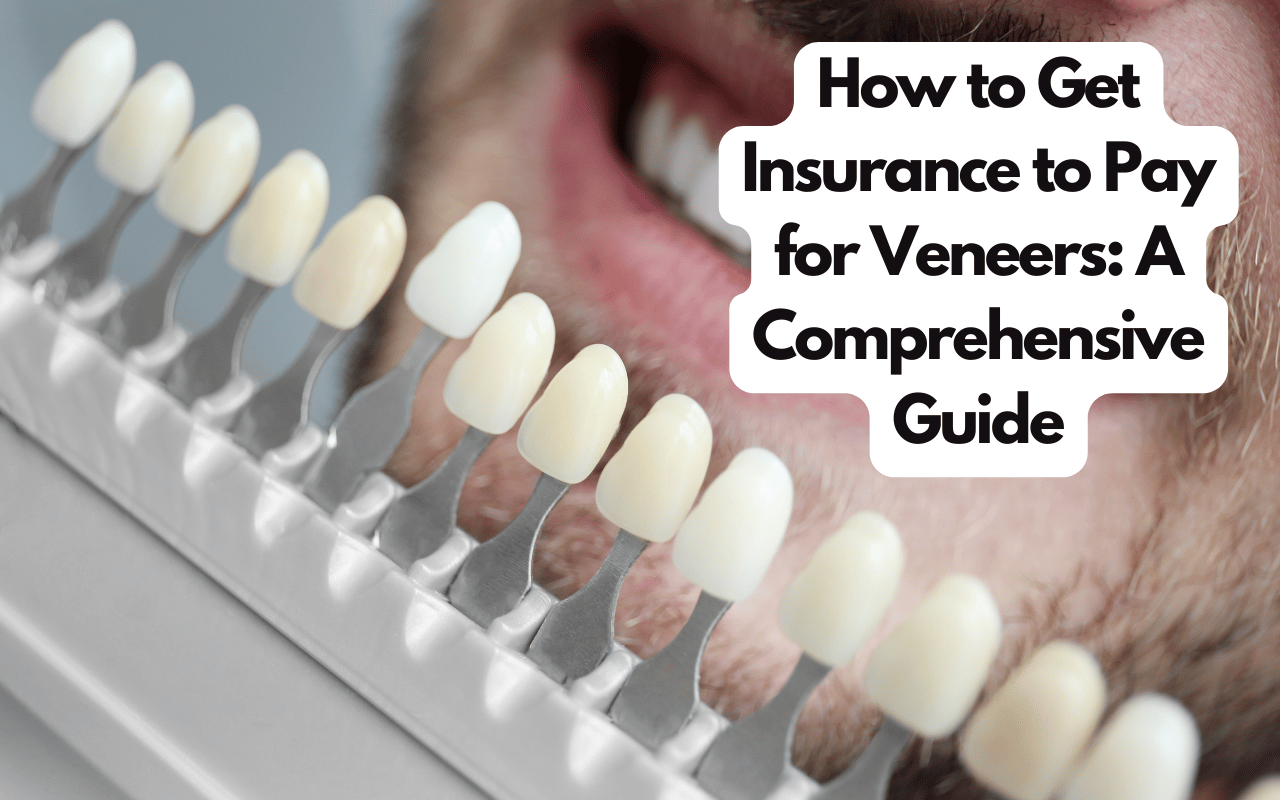Get Insurance to Cover Penile Implants: Expert Tips

Learn how to manage insurance coverage for a penile implant, understand medical necessity, and secure pre-approval. Discover expert tips on appealing denials and working with insurance providers.
- Get Insurance to Cover Penile Implants: Expert Tips
- Understanding Insurance Coverage
- Determining Medical Necessity
- Obtaining Pre-Approval
- Appealing Denials
- Working with Insurance Providers
- Frequently Asked Questions
Are you interested in a penile implant but worried about the cost? Many men face this challenge when seeking insurance coverage. This blog post will guide you through navigating the insurance process for this procedure.
We’ll cover understanding your insurance policy, determining medical necessity, obtaining pre-approval, and appealing denials. Additionally, we’ll provide advice on working with insurance providers. Don’t let financial concerns hold you back from improving your quality of life. Let’s explore how to get insurance to cover a penile implant.
Understanding Insurance Coverage
When it comes to getting insurance to pay for a penile implant, it’s important to understand the basics of insurance coverage. Insurance coverage refers to the scope of protection that a policy offers. This includes the types of treatments and procedures that are covered, as well as the amount of coverage available for each. Insurance coverage can vary widely depending on the specific policy and provider, so it’s important to carefully review the details of your plan to understand what is and isn’t covered.
Additionally, understanding insurance coverage also involves knowing the terms and conditions of your policy. This includes any restrictions, limitations, and exclusions that may impact coverage for a penile implant. It’s important to review your policy carefully to ensure that the procedure is included in your coverage and to understand any potential out-of-pocket costs that may be associated with it.
Another key aspect of understanding insurance coverage is knowing the process for filing a claim. This includes knowing what documentation is required, how to submit a claim, and what to do in the event of a denial. By understanding the claims process, you can be better prepared to navigate the insurance system and advocate for coverage of a penile implant.
Determining Medical Necessity
To secure insurance coverage for a penile implant, proving medical necessity is crucial. This means demonstrating the procedure’s importance for the patient’s health, not just for cosmetic reasons. The patient’s physician must provide thorough documentation, including medical records, test results, and a detailed explanation of the patient’s condition.
Insurance providers often have specific criteria for medical necessity. This includes the failure of other treatments, how the condition affects the patient’s daily life, and how the implant could improve their quality of life. Both the physician and patient need to clearly show how the penile implant meets these criteria to build a strong case.
Proving medical necessity for a penile implant is complex and requires detailed documentation, effective communication with the insurance provider, and understanding of their specific requirements. Collaborating closely with the physician and following insurance guidelines can enhance the chances of getting the procedure covered.
Obtaining Pre-Approval
Before undergoing a penile implant procedure, securing pre-approval from your insurance provider is essential. Start by contacting your insurance company and submitting necessary documentation to prove the procedure’s medical necessity. This includes a letter of medical necessity from your healthcare provider and relevant medical records or test results.
After submitting the paperwork, regularly follow up with your insurance provider to check the status of your request. Stay in touch to provide any additional information they may need for their decision. Be persistent and advocate for yourself, as obtaining pre-approval can be complex and time-consuming.
Additionally, review your insurance policy for coverage details on penile implant procedures and specific pre-approval guidelines. Understanding your coverage and the pre-approval process will help you navigate the system more effectively and improve your chances of getting approval for the procedure.
| Steps to Obtaining Pre-Approval: |
|---|
|
Appealing Denials
When dealing with penile implant surgery, insurance coverage often poses a major concern. Denials from insurance providers are common, requiring patients to navigate the appeals process to secure necessary coverage. Understanding how to effectively appeal these denials can significantly improve your chances of getting the procedure covered.
Start by carefully reviewing the denial letter from your insurance provider. This letter reveals the specific reasons for the denial and what documentation is needed to support your appeal. Gather all relevant medical records, doctor’s notes, and any additional evidence that demonstrates the medical necessity of the penile implant surgery.
Crafting a strong appeal letter is crucial. Clearly outline the medical necessity of the surgery and address concerns raised by the insurer. Include supporting documentation from medical professionals, such as urologists or specialists, to strengthen your case for insurance coverage.
Working with Insurance Providers
When it comes to working with insurance providers, it’s important to understand the process and how to navigate the often complex world of medical coverage. One of the first steps in working with insurance providers is to determine what your policy covers, including whether a penile implant would be a covered procedure. This may involve checking your policy documents or speaking with a representative from your insurance company.
Once you have determined what is covered under your policy, the next step in working with insurance providers is to obtain pre-approval for the penile implant procedure. This may involve submitting documentation from your healthcare provider to show the medical necessity of the procedure. It’s important to be thorough in this process to increase the likelihood of approval.
However, there may be instances where insurance providers deny coverage for a penile implant. In these cases, appealing denials is an important aspect of working with insurance providers. This may involve providing additional documentation, having your healthcare provider advocate on your behalf, or working with a patient advocate to navigate the appeals process.
Frequently Asked Questions
What is a penile implant?
A penile implant is a surgical treatment option for men with erectile dysfunction. It involves surgically placing a device within the penis that allows a man to get an erection.
Why might insurance cover a penile implant?
Insurance may cover a penile implant if it is deemed medically necessary for the treatment of erectile dysfunction that has not responded to other treatments.
What steps should I take to get insurance to pay for a penile implant?
To get insurance to cover a penile implant, you should first consult with a urologist to determine if you are a candidate for the procedure. Then, work with the urologist’s office to obtain documentation supporting the medical necessity of the implant.
Will all insurance companies cover penile implants?
Coverage for penile implants varies by insurance company and individual policies. Some insurance companies may have specific criteria that must be met before they will cover the procedure.
What are the potential out-of-pocket costs for a penile implant if insurance does not cover it?
The out-of-pocket costs for a penile implant can vary, but they may include the cost of the device itself, the surgeon’s fee, facility fees, and anesthesia fees.
Are there alternative treatments for erectile dysfunction that insurance may cover?
Yes, insurance may cover alternative treatments for erectile dysfunction such as oral medications, penile injections, or vacuum erection devices.
What should I do if my insurance denies coverage for a penile implant?
If your insurance denies coverage for a penile implant, you can consider appealing the decision. Your urologist’s office may be able to assist you with the appeals process.






